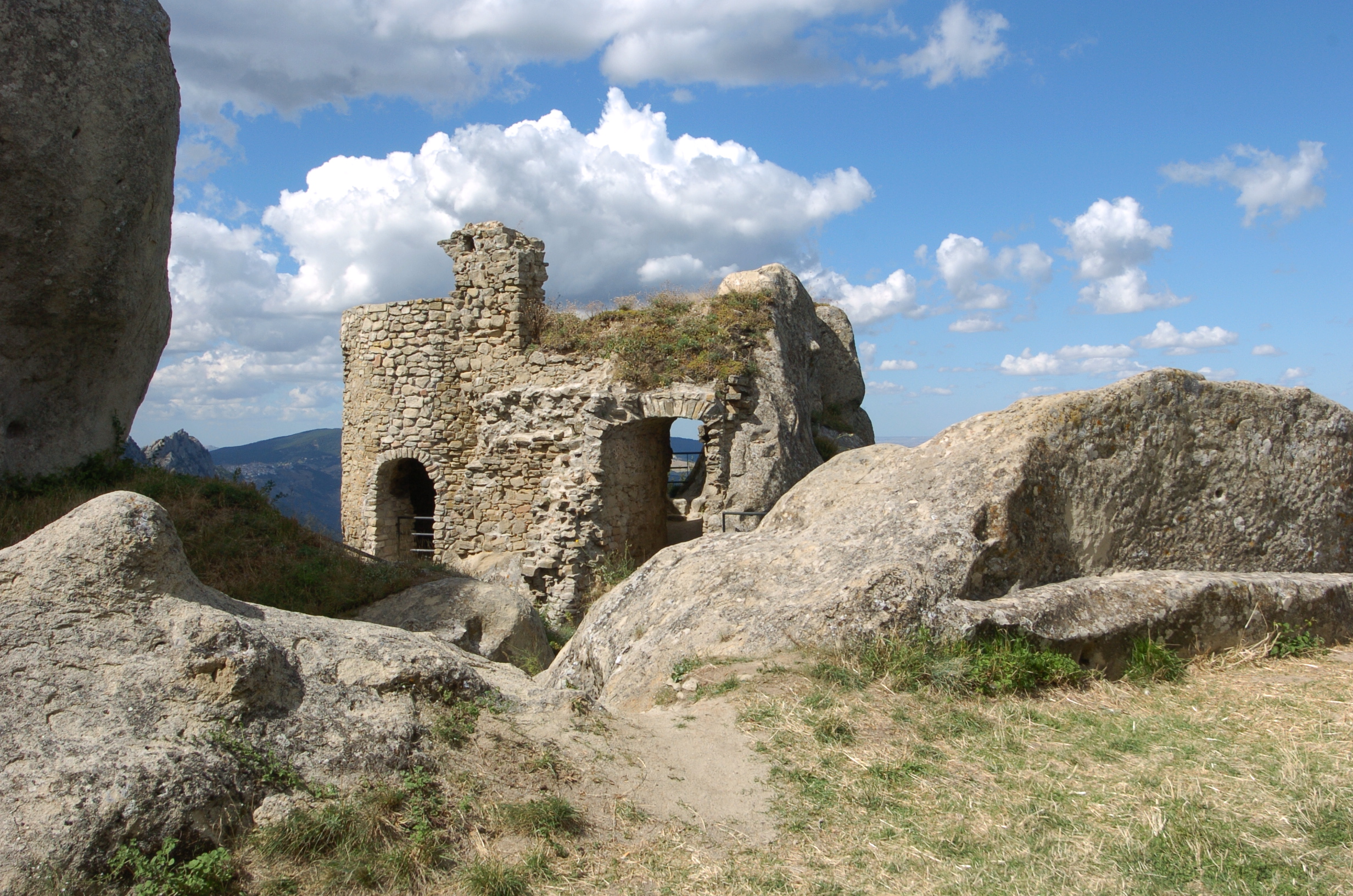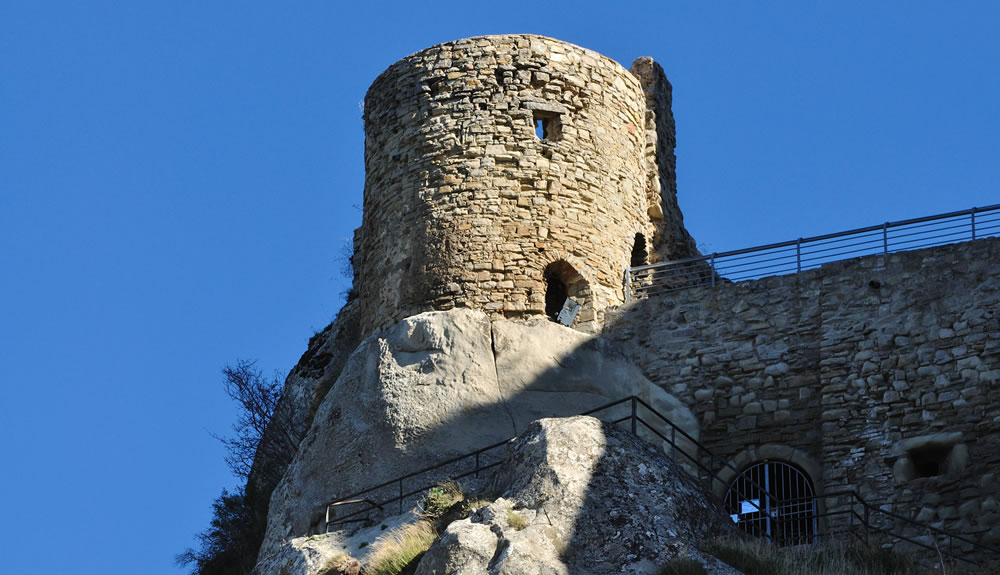


In 2019, CNN included Pietrapertosa among "20 most beautiful villages in Italy", its municipal area, together with the territories of the neighboring countries, forms the Parco delle Dolomiti Lucane.

It is part of the Club The most beautiful villages in Italy, which includes almost 200 locations located along the entire peninsula.

The ancient name of the city, or "Pietraperciata" (which means pierced stone) was given due to the presence of the hole in a large cliff, visible from the city. The date of construction of the city is uncertain, the most accredited theories are in the eighth century BC. its foundation by the Pelasgians, while they were crossing southern Italy.

The Pelasgians built their homes in the lower part of the country, in order to protect themselves from possible enemy attacks and built fortifications on the rocks.

The Pelasgians were replaced by the Greeks, who came from the Ionian coast, who went inland bringing their goods and their artifacts. Traces of the Hellenic presence are testified by the amphitheater shape of Pietrapertosa and in the name of some places such as "The coast of Diana". Subsequently the Romans settled in the territory, who made Pietrapertosa their Oppidum by building a fortress, where the church of S. Francesco currently stands.

During the barbarian invasions it was occupied by the Goths and then by the Lombards, who included Pietrapertosa in the gastaldato of Acerenza. Later it passed under the Byzantine domination by the Saracen lord Bomar. It was under the dominance of the Saracens that Pietrapertosa saw the construction of its most characteristic parts. The Norman-Swabian descent saw the town become one of the most important strategic centers of Lucania given its dominant position on the hill below, it participated in the Ghibelline revolt against the Pope in 1268.

In the Angevin period it became a fief of Guglielmo Tournespè in 1269, and then passed under other feudal lords such as Pietro de Burbura (1278) and Giovanni Borbone (1280). With the arrival of the Aragonese, Pietrapertosa became a possession of the Gozzuti, Grappini and Diazcarlon, counts of Alife. In the 16th century, it passed to the Carafa, Aprano, Campolongo, De Leonardis, Suardi, Iubero and finally to the Sifola di Trani families.

In June 1647 the Pietrapertosano people took part in the revolt against the taxes imposed by the local lords, a revolt which was severely repressed: some of the rioters, to escape punishment, especially among the poorest, were forced to leave their own country, being declared banned in case of escape without prior payment of the due taxes. The fugitives were thus forced to go into hiding, living on looting and robbery. Many country monks, who collaborated with the bandits, also had to leave the country. Among these bandits it is worth mentioning Scalandrone, a peasant from Pietrapertosa, who worked in the Basento valley.

In the nineteenth century, during the French domination of Gioacchino Murat, Pietrapertosa was a relatively liberal center, governed by a municipal council, a decurionate, a mayor and an urban guard for public order, all appointed by the sovereign. Later the population participated in the anti-Bourbon uprisings of 1820 and 1848. In 1860 some pietrapertosani joined the expedition of the thousand and, immediately after, the town was involved in the phenomenon of post-unification banditry.

At the beginning of the twentieth century Pietrapertosa, like other Lucanian centers, suffered a notable depopulation due to malaria and emigration to the Americas.
Village of Pietrapertosa - Virtual Tour 360°
Address: Via della Speranza, 159, 85010
Phone: 0971 983030
Site:
https://www.comune.pietrapertosa.pz.it/Location inserted by
CHO.earth